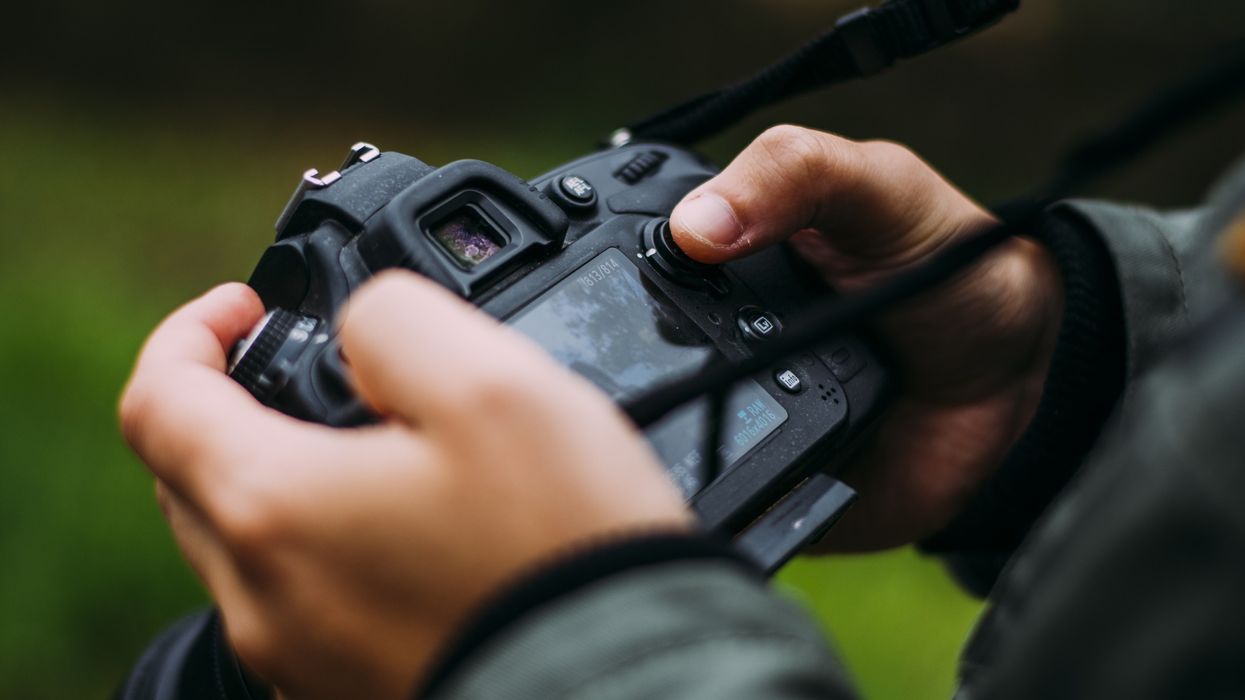The Filmmaker's Mental Checklist: 9 Things to Nail Down Before You Hit Record
Ready to shoot? Not so fast! Have you checked these 9 things first?

Whether you're a professional or a total noob, there are going to be a lot of things you don't know how to do when you arrive on a film set, but making sure your camera is set up properly shouldn't be one of them. In this video, Darious Britt of D4Darious provides you with a great 9-step mental checklist that will help you correctly adjust your camera settings so you'll be ready and raring to go before you start recording.
- Level: Use the bubble level or leveling tool in your camera to level your shot. (Eyeball it if you don't have those things.) What if you're shooting a Dutch angle? Well, start from level and go Dutch, bruh. Leveling your camera is just a good habit to get into.
- Memory card: Is your memory card formatted? If not, check to make sure you don't have important data stored on it before you format it.
- Resolution and frame rate: Make sure your resolution and frame rate are set correctly. There's nothing worse than shooting a shot intended for slow-mo and then realizing later it was shot at 24fps.
- Picture Style: A set of presets...that's what Picture Style is. This is a setting you'll see in Canon cameras, but other manufacturers have something similar. If you don't want a preset, just set it to neutral and color grade later. It's probably best to go that route.
- White balance: You should check for white balance often while shooting. If you're shooting in a studio with controlled light, white balancing once before you shoot is fine. If you're shooting outdoors where the light is constantly changing, white balance once before every shot or camera setup.
- Shutter speed: Your ideal shutter speed is the inverse of double your frame rate (or whatever number is closest). So, if you're shooting at 24fps, your shutter speed would be 1/48 or 1/50. If you're shooting at 30fps, it would be 1/60, and so on.
- ISO: Keep an eye on your ISO. Depending on which camera you have, setting it too high will result in a lot of noise.
- Focus: It's okay to be a crazy person about focus because it's crazy important. You can use your camera's digital zoom to focus or you can manually zoom in with your lens, too.
- Framing: Once you've got this nailed down, you're good to go.
Can you think of anything else that should be on the list? Let us know down in the comments.
Source: D4Darious















